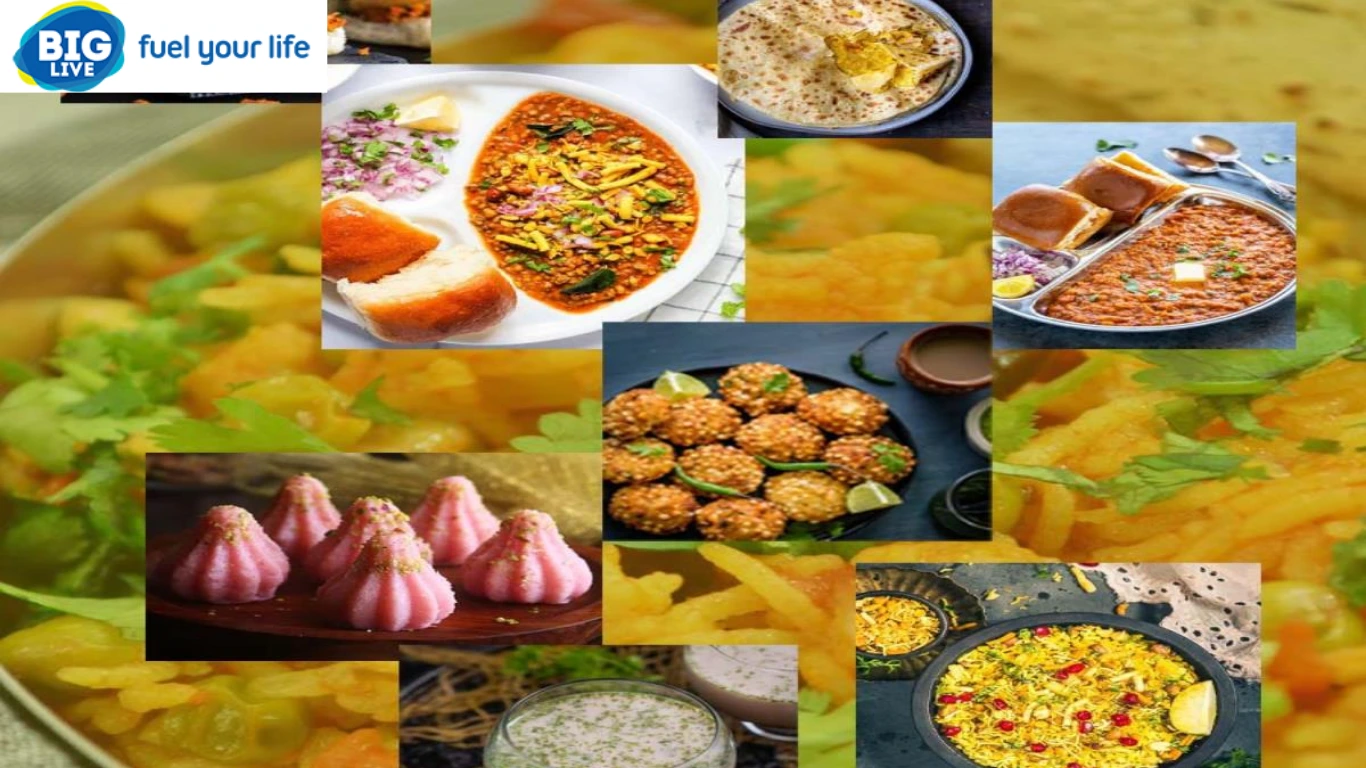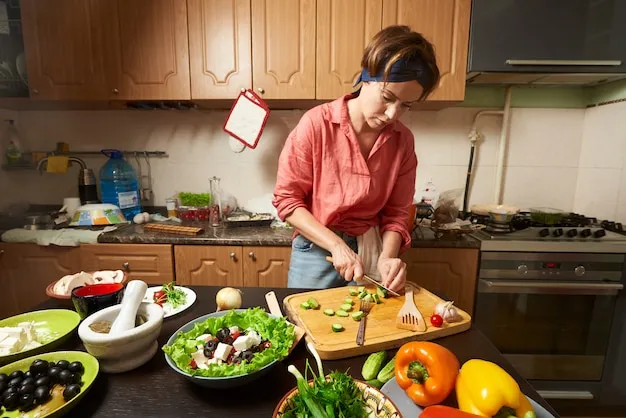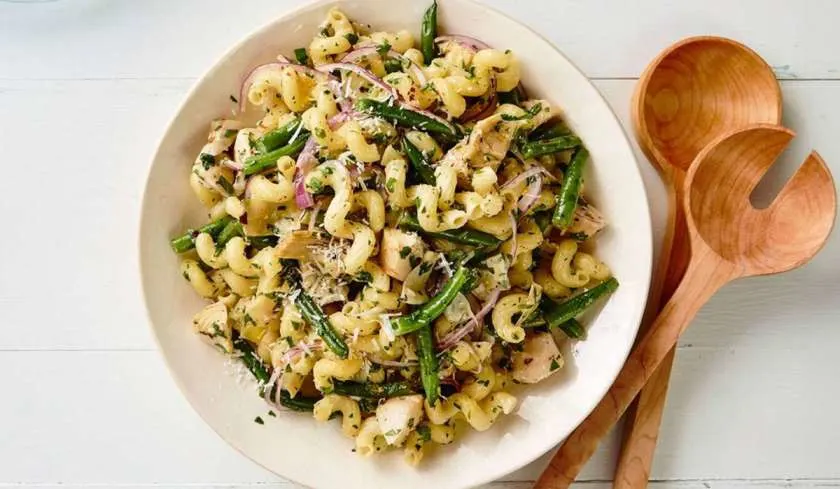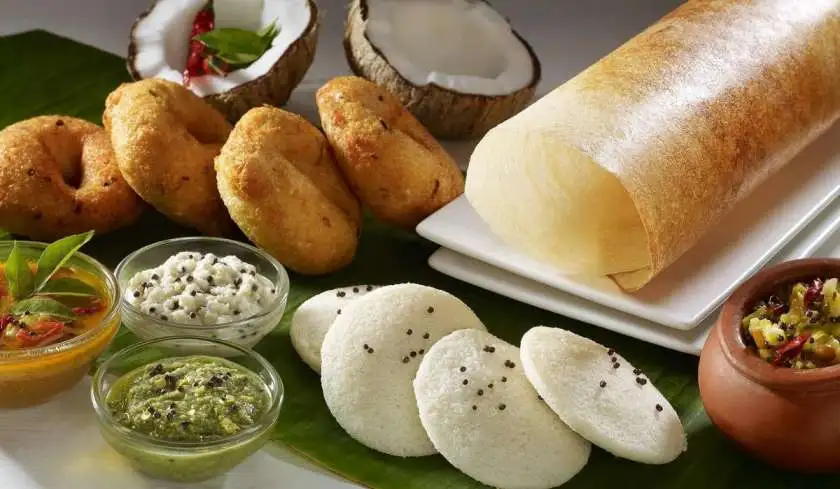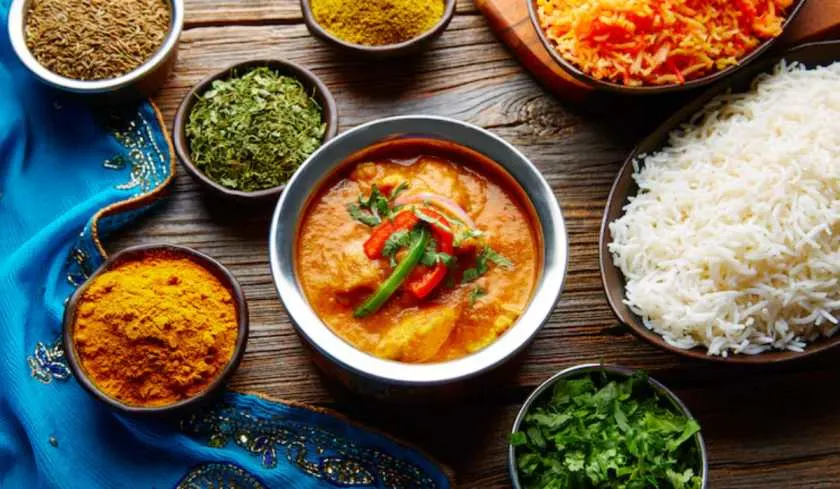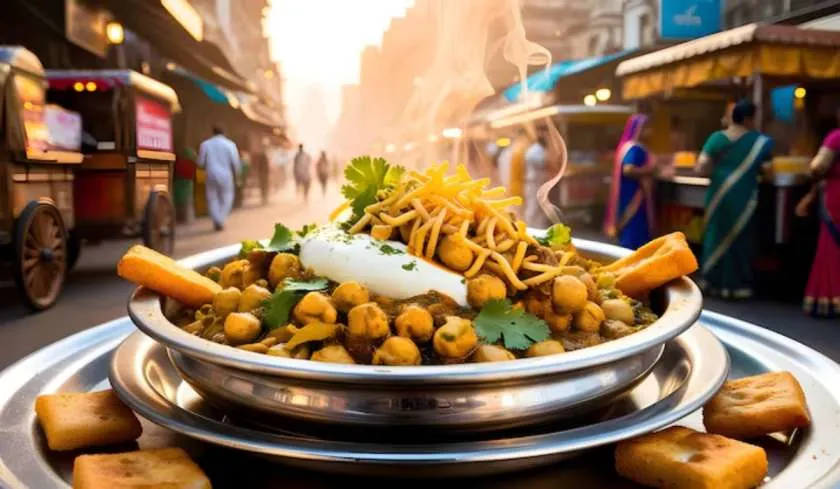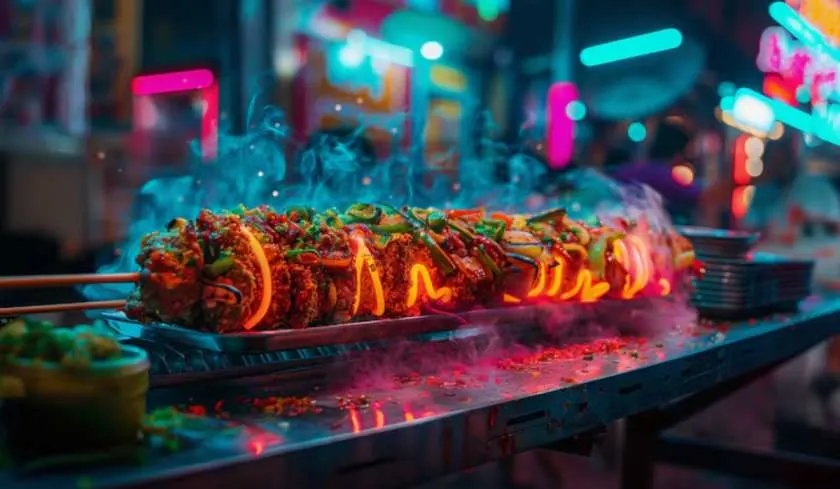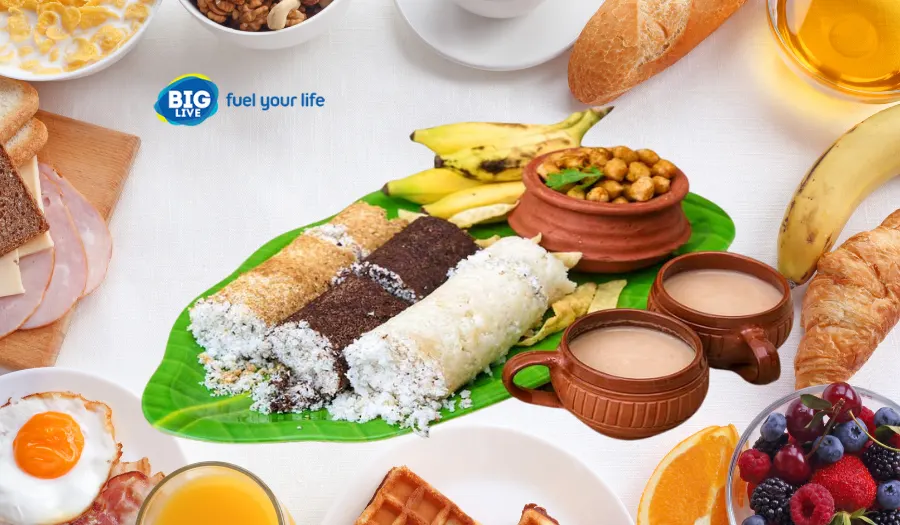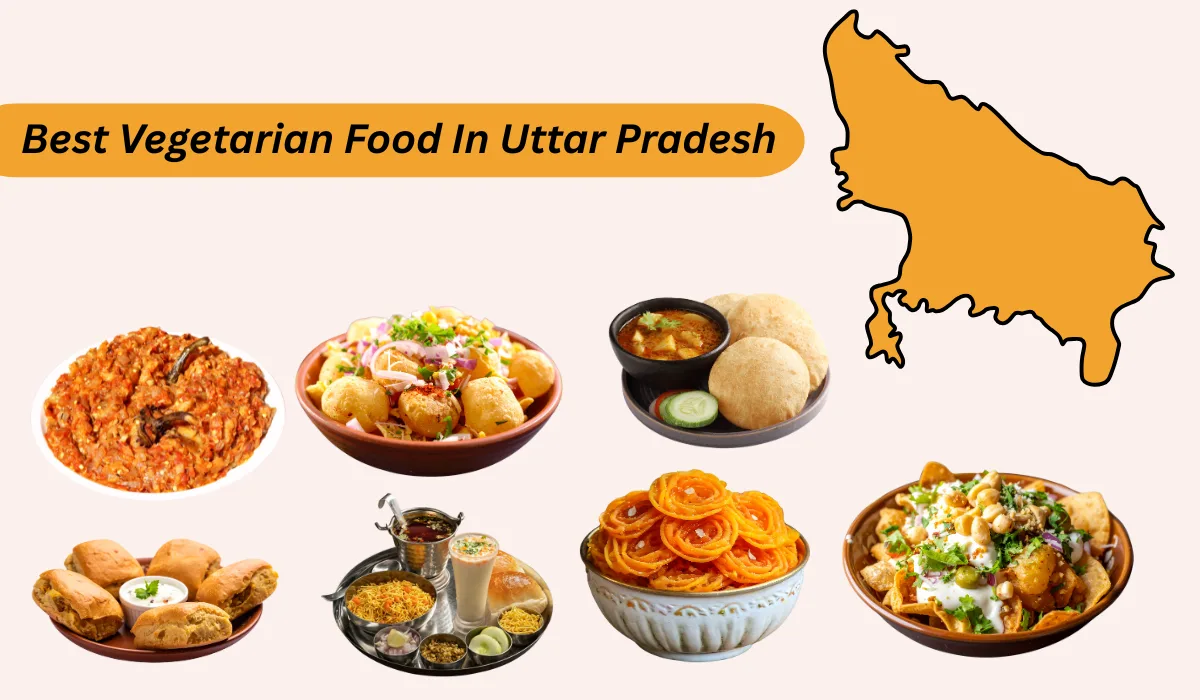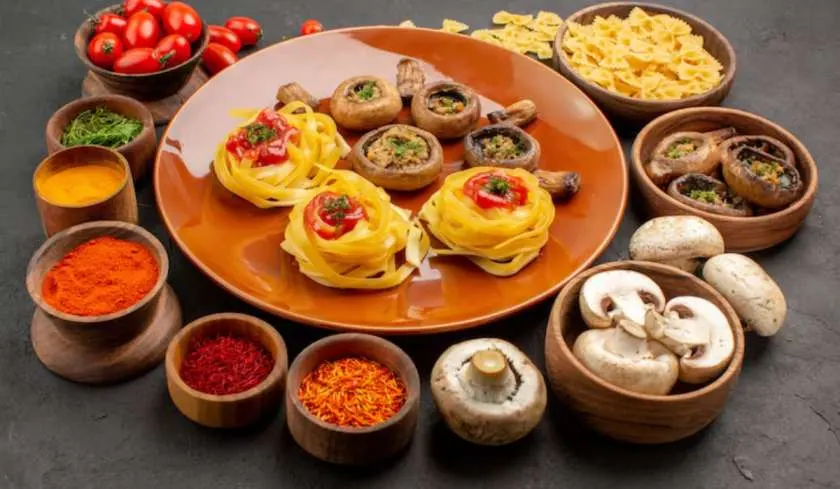In Maharashtra, celebrations are more than just marked days on a calendar. They come alive in daily life. You can hear them. Smell them. Taste them.
As the season of celebration gets close, homes begin to change. They don’t just get cleaned. They feel different. The smell of ghee fills the air. Pots clatter in the kitchen. The radio plays old bhajans. Banana leaves are unrolled gently.
In one corner, someone’s tying flowers for the puja. In another, fingers are folding modaks or sealing karanjis. Because here, food is never just food. It’s at the heart of every festival. Every bite carries memories. Every dish tells a story.
Ganeshotsav: When Modaks Rule the Table
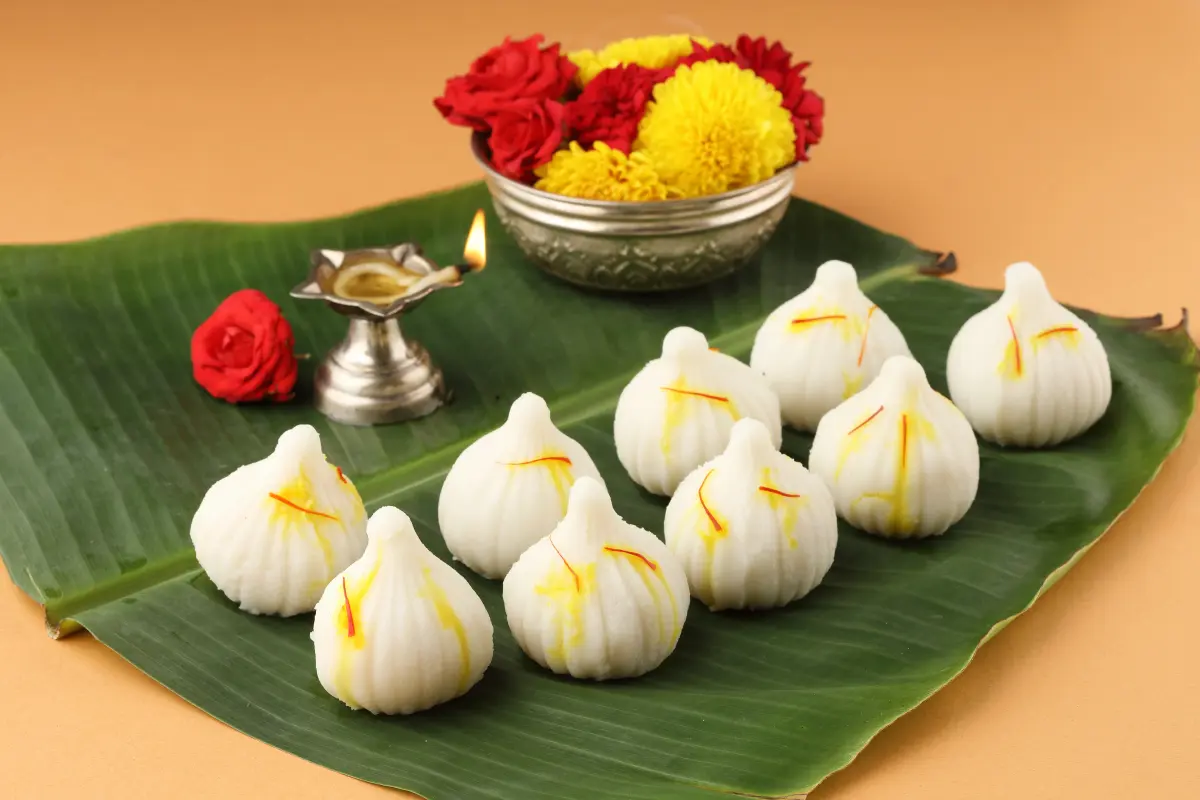
One of the biggest known festival in Maharashtra is Ganeshotsav. The excitement doesn’t start on the day. It builds up days before. People clean their homes. They pick decorations. They bring home the idol and make plans for food. When the festival arrives, all attention goes to one thing — Ukdiche Modak.
These are not just sweets. They are soft, warm dumplings filled with jaggery and coconut. Each one is shaped by hand. They taste like comfort. Like childhood. Like home. Grandmothers take charge. Kids try to copy the pleats. Some modaks come out perfect. Others crack a little. Everyone laughs.
But the thali has more than just modaks.
- Varan-bhaat it is a soft dal and rice, simple good for health.
- Batatyachi bhaji spiced potatoes made just right.
- Panchakhadya a mix of jaggery, coconut, and dry fruits.
Nothing is too heavy. The food is clean. Gentle. Made with care and love.
Gudi Padwa: A Sweet Beginning to the New Year
Gudi Padwa is the Maharashtrian New Year. You can spot it by the gudi outside every home a tall stick, covered in bright cloth, neem leaves, and topped with a copper pot. It’s a symbol of victory. Of new beginnings.
Inside the house, food carries the same feeling. Quiet joy. Soft strength. Shrikhand and puri often take center stage. Cool saffron-flavored yogurt paired with warm, puffy puris.
Then comes the neem-jaggery chutney. It’s both bitter and sweet. Not just for taste. And finally, puran poli a stuffed flatbread made with chana dal and jaggery. Warm. Ghee-brushed. Melts in the mouth. It says: today is special.
Read Also: Homemade Tawa Pav Bhaji Recipe: Make Mumbai Street Food at Home!
Diwali: When Snacks Take Over
Diwali doesn’t just glow in lamps. It sizzles in frying pans. Long before the festival begins, kitchens are in full swing.
This is the time for faral homemade snacks. They aren’t cooked in a day. They’re prepared over several. Step by step. With old recipes and new hands.
Most homes make karanji sweet coconut inside a golden crust.
- Shankarpali small, sugary bites that crunch just right.
- Chivda savoury, light, with a surprise in every bite.
- Ladoos round, sweet, made from different flours depending on what your family loves.
Some make it extra sweet. Others add more chilli. Some add raisins. Some don’t. But everyone shares.
Boxes go to neighbours. Bags go to cousins. Even the postman may get a plate. Because Diwali is more than lights. It’s about giving. About food made at home and passed from hand to hand.
Makar Sankranti: A Festival of Sweet Words
January mornings in Maharashtra are quiet. There’s a chill in the air. People slow down a bit. The fields are harvested. The skies are open.
Into this calm comes Makar Sankranti. A festival of sharing. Of warmth.
People exchange tilgul tiny sweets made from sesame and jaggery. Along with them, they say: “Tilgul ghya, god god bola.”
- Til laddoos — packed with warmth and crunch. Good for cold days.
- Gulachi poli — flatbreads stuffed with jaggery. Soft and sweet.
- Til chikki it is a crisp brittle made from roasted sesame and sugar.
There’s no feast. No crowd. Just small bites. And kind words. That’s enough.
Nag Panchami: A Day to Honor Nature

Nag Panchami is a time to honor not only snakes but also the natural world. On this occasion, individuals refrain from chopping vegetables.Knives stay put. Some even skip heavy cooking.
- The meal is humble. It reflects the earth.
- There’s pitla, gram flour cooked quickly into a soft curry. Maybe a simple stir-fry with fresh greens.
- It’s not about rich flavours or big spreads. It’s about pausing.
Raksha Bandhan & Bhaubeej: Food Between Siblings
These two days are for brothers and sisters. They don’t come with big public events. But they matter in every home. Sisters often cook for their brothers. Brothers show up hungry. Plates are filled. Stories are shared. You’ll see bowls of shrikhand.
Glasses of basundi. Slices of kharvas a pudding made from colostrum milk. On the savoury side, there’s kothimbir vadi and aloo wadi. Crispy. Full of flavour. There’s teasing. Laughter. A little gift exchanged. And full bellies. That’s all these festivals ask for.
Holi: The Festival of Colour and Taste
In Maharashtra, Holi is full of colour. But also full of puran poli.
This dish is the star.A type of flatbread filled with a sweet lentil filling, presented warm, soft, and rich in ghee.
Beside it, there is katachi amti, a hot and sour dal made from the leftover water from cooking the lentils.
The combination of sweet and spicy goes well with the festival. Holi is playful. Messy. Joyful. And this meal matches it perfectly.
Why the Food Matters
- These aren’t just recipes. They’re traditions. Passed on in notebooks. Memorised by heart. Changed a little, year by year.
- Some dishes go back generations. Others are tied to just one person. One memory.
- You might remember your mother’s puran poli. Your grandmother’s karanji. Your cousin licking shrikhand off a spoon.
- Food brings people together. It carries the past into the present. It fills the space between strangers. It connects neighbours.
- In Maharashtra, food is not made to impress. It’s made to remember. To share. To belong.
One Last Bite
If you ever walk past a Maharashtrian home during a festival and catch a familiar smell maybe roasted coconut, maybe boiling dal pause.That’s not just lunch. It’s someone’s story. A thread of tradition. A moment of care.



